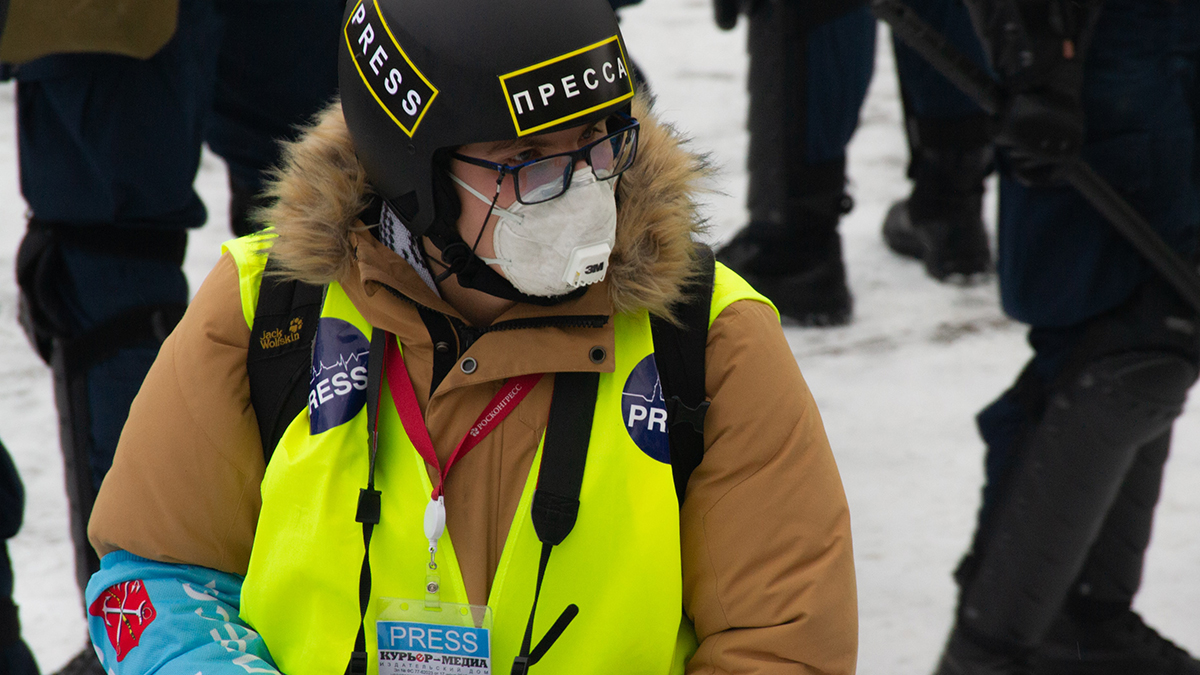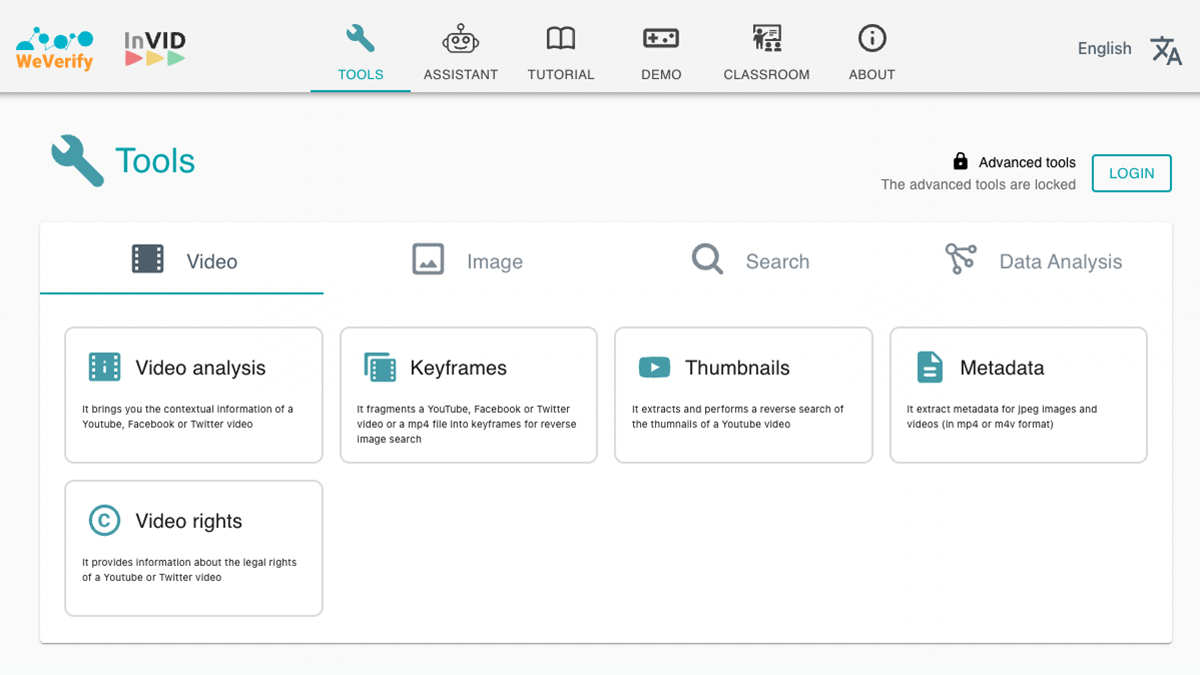
RJI news
Reynolds Journalism Institute in 2021: A look back
With the year coming to a close, here’s a look back at the key programs and initiatives made possible by the Reynolds Journalism Institute (RJI) in 2021
Incorporating volunteers to expand football season coverage
We invited freshmen with no journalism experience into our ‘Get in the Game’ initiative Through the Missouri Method, we give students the opportunity to work in real-world newsroom environments. Meanwhile, our One Newsroom outlets are competing for eyeballs in the communities of mid-Missouri. And, like newspapers, magazines and television and radio stations all over the … Continued
Best practices for trauma-informed journalism
Experts and journalists provide tips to keep yourself and your sources safe.
Want to collaborate more? Get your tools to talk to each other
Put automations to work to make collaborating easier with tools like Airtable, Slack and Google Drive The One Newsroom, which is the convergence of The Columbia Missourian, KBIA, KOMU, Vox Magazine, and the Missouri Business Alert, into one space, has created more opportunities for collaboration. The Missourian converted its old content budgeting process (once hosted … Continued
5 ways to use Canva to upgrade your newsroom’s visual presence on social media
With its brand kit and newsroom specific graphics, Canva is a one-stop shop for elevating your social media presence.
RJI Student Innovation Fellows to support community newsrooms nationwide, gain hands-on work experience
Columbia, Mo. (Dec. 10, 2021) — Seven students at the Missouri School of Journalism will work at local news organizations around the country this summer as part of the Donald W. Reynolds Journalism Institute’s (RJI) Student Innovation Fellowships program, gaining hands-on experience helping the outlets connect with their audiences. RJI is housed at the Missouri … Continued
Journalism by postal mail
How to work with writers who don’t have internet access and other structural challenges Journalism today requires reporters to respond, report and file stories quickly. The assumption is that they have access to cell phones, computers, email, and the internet to do their work. But incarcerated people have none of that. So how do we … Continued
Communicating corrections across multiple newsrooms
When content is shared, there needs to be a plan to quickly create corrections across all outlets.
A new guide to solidarity reporting
Social justice reporting begins with people’s lived experiences.
How to verify videos
Videos can present a difficult challenge for verification when you aren’t receiving them from a trusted source.









